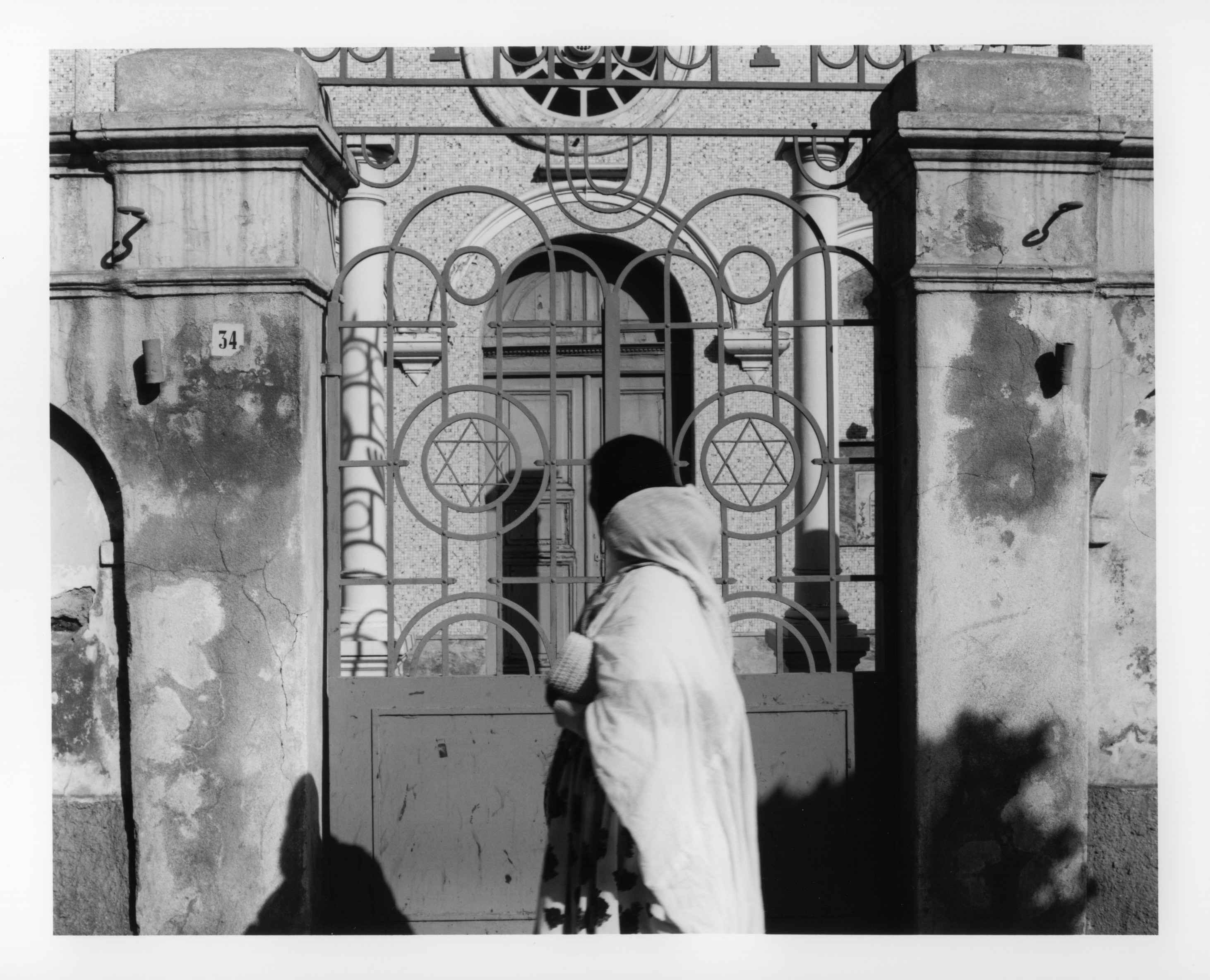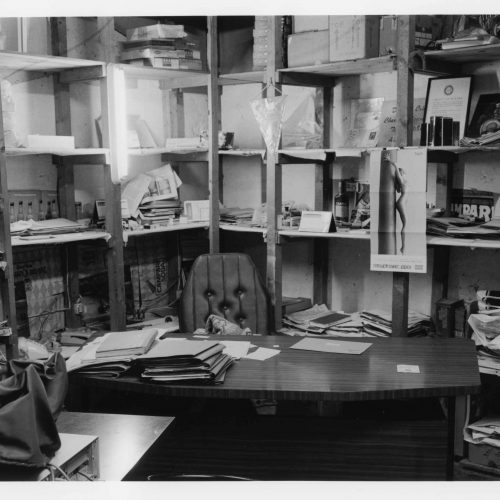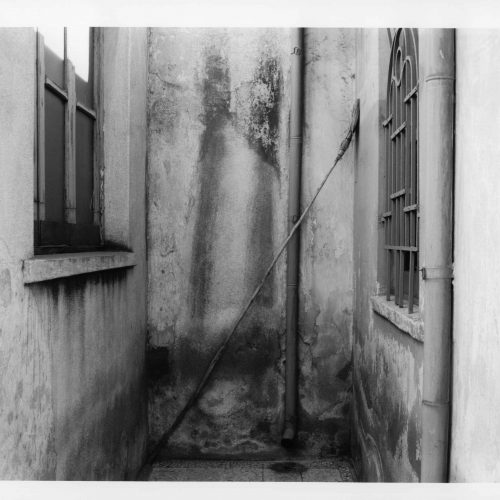
The French artist Anne-Marie Filaire (born 1961) creates with her camera like a painter placing his easel while confronting his subject, however instead, when facing the landscape she works as an investigative photographer.
In the beginning, in the early 90’s, in her home province Auvergne in central France, she took pictures of landscape sites that possessed an anonymous appearance. These were photographed consistently and systematically year after year, to expose through the changes that affected them, the eternal nature of a place whose features have been fashioned forever by volcanic activity .
Since 1999 Anne-Marie has worked in urban and desert sites in Judea, (1999), Eritrea, Yemen (2001) and Cambodia (2002), deserted landscapes, which nevertheless, are saturated with human traces. Thus the arid spaces stretching towards endless horizons of a “temporary security zone” which was setup in Eritrea after the wars and the synagogue of Asmara (Kimop) which was emptied of its Jewish community .
” These landscapes ” writes Nathalle Cournarie ” are no longer worthy of the sobriquet ‘territory’, because they are repulsive and also deny the border, the right a place has to definition “.
The photographs of Eritrea and of the synagogue at Asmara comprise Filaire’s exhibition at Ein Harod.
The exhibition is on display by courtesy of the AFAA.
The photographs of Eritrea are shown by courtesy of ‘Domaine Departemental de Chamarande “.
From Anne-Marie Filaire’s one man shows:
” Ireland “, Poetry House, Paris 1996;
” Jerusalem, Jericho, Gaza “, Kiron Gallery, Paris;
” Urban and suburban landscapes, cccl Sanaa, Yemen.
Likewise, her works are found in many collections among them The National Library, Paris , The Electra Space, Paris and others.
Anne-Marie Filaire
Deserted Spaces, 2002
Curator: Jonah Fischer
March-April 2004



